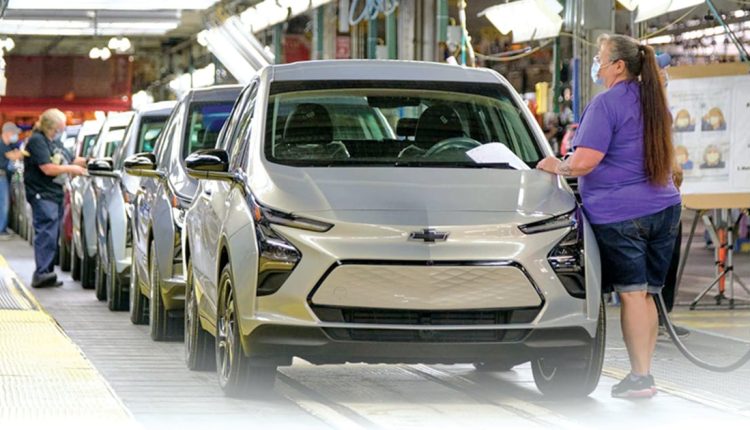Heightened raw materials costs, supply chain difficulties and shortages of key materials have sent prices for electric vehicle components rising over the last two years.
That has delayed the industry’s quest to bring prices of EVs in line with those of gasoline-powered vehicles by at least a couple of years, said Jamie Fox, principal analyst at Interact Analysis.
Depending on segment, price parity might have been achievable in 2025 or 2026 on the trajectory before the supply-chain challenges and disruptions of the last two and a half years.
Fox now expects 2030 to be a more reasonable timetable for many vehicle segments.
“It’s just harder to get things done, and if demand for EVs is the same, people will start to pay more for EV components,” Fox said.
The industry has long sought price parity between EVs and gas-powered vehicles. EVs typically cost thousands of dollars more than their internal combustion engine counterparts, pricing many mainstream vehicle consumers out of the market unless they have access to government subsidies.
“Cost points are going to matter for the mass market,” said Mark Wakefield, global co-leader of the automotive and industrial practice at AlixPartners.
The events of the last few years have done little to help that cause. Costs for raw materials such as lithium, nickel and cobalt that go into EV batteries and other components have surged from pre-pandemic levels as demand skyrockets and as the industry works through supply chain and shipping challenges.
Meanwhile, the ripple effects of the COVID-19 pandemic, inflation and the war in Ukraine have sent prices of other EV components rising as well. According to Interact Analysis, the average price of a motor for BEVs, fuel cell EVs and hybrids rose 26 percent in 2021 and is expected to rise again in 2022. Prices for e-axles, inverters, battery management systems and more have also risen considerably.
While batteries account for a large share of any EV’s given costs, determining an EV’s price is much more complicated than simply looking at the price of raw materials such as lithium, said Michael Robinet, executive director of Automotive Advisory Services at S&P Global Mobility. That’s particularly true since most automakers have yet to build EVs at a mass scale.
“Other than maybe a couple of OEMs, there aren’t a whole lot of OEMs that have reached any level of scale in battery electric,” he said.


